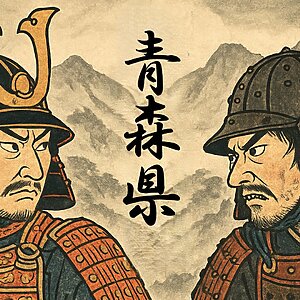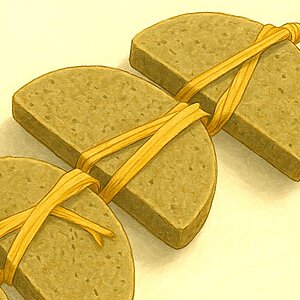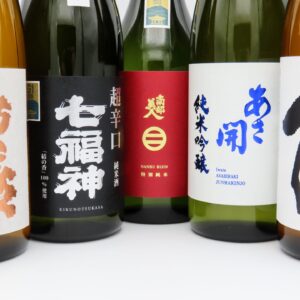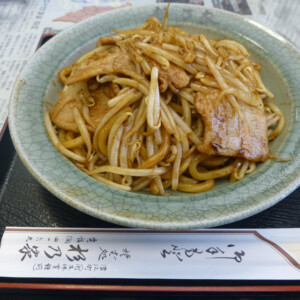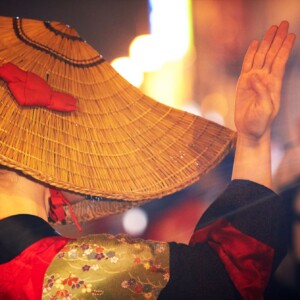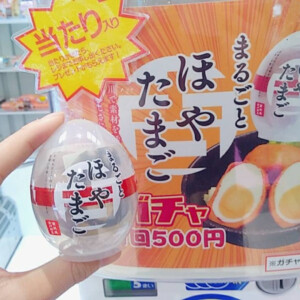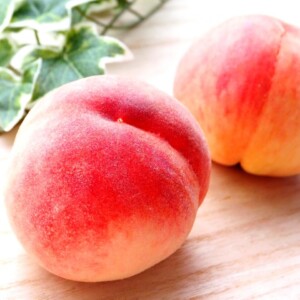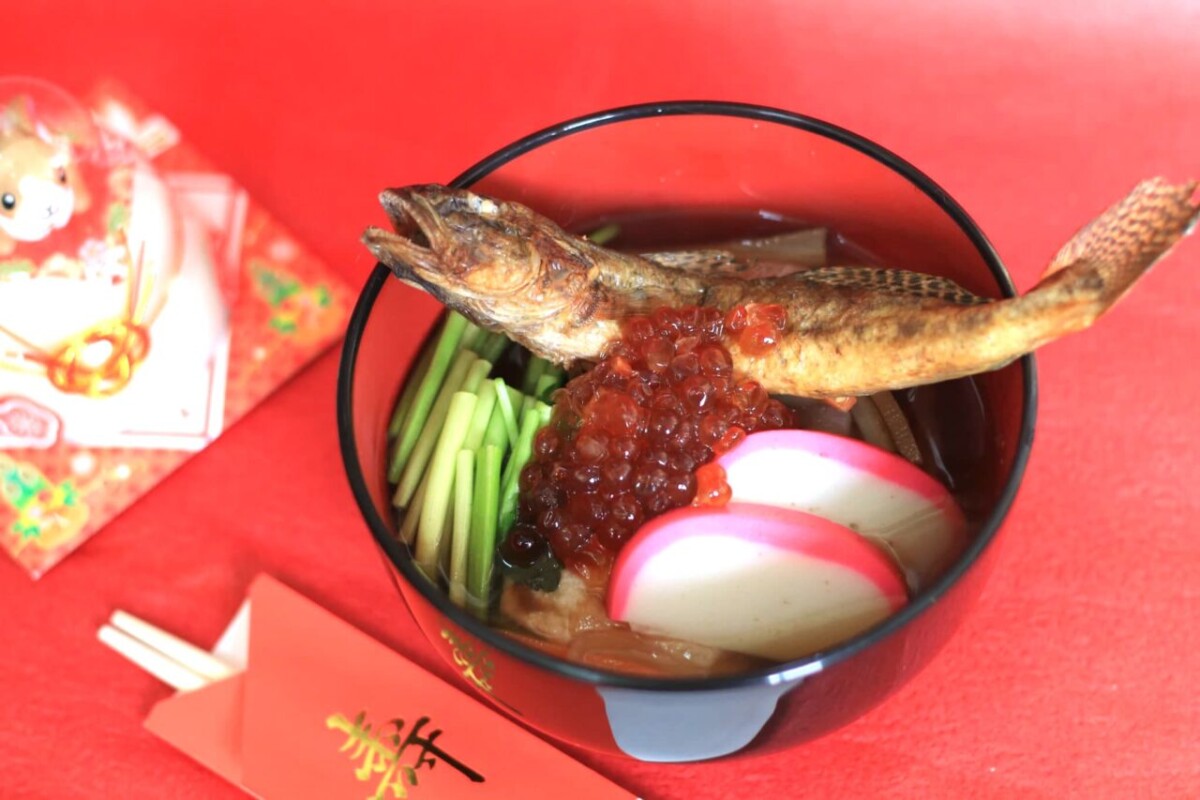
[Sendai City, Miyagi Prefecture] Grilled goby is the highlight! Celebrate the New Year with the traditional Sendai Zoni dish!
table of contents
The zoni eaten at New Year's varies in style depending on the region and culture across Japan. Broadly speaking, in the Kansai region, it is made with round rice cakes and white miso, while in the Kanto region, it is made with square rice cakes and a clear soup or soy sauce-based dish with lots of ingredients
Among all the different types of ozoni, Sendai ozoni is known for its abundance of ingredients and luxurious appearance
This time, we will introduce you to Sendai Zoni, a dish that you should definitely try and enjoy when you visit Sendai for the New Year. It would be great to welcome the new year by eating a luxurious Sendai Zoni
What does Ozoni mean in the first place?
According to the documentation, it states:
The name "Ozoni" comes from the fact that it is made by mixing and simmering various ingredients. The ingredients used in Ozoni are said to bring good harvests and happiness in the coming year, such as rice cakes, agricultural products, and seafood, which were previously offered to the New Year's deity. These ingredients are then simmered in the first fire lit in the new year with the first water drawn in the new year, "wakamizu."
Gurusuguri
The ingredients in ozōni vary depending on the local agricultural and marine products, so it's clear that a wide variety of ingredients are eaten all over the country
By eating the rice cakes offered to the New Year deity, one can receive the god's power and get through the year safely. Ozoni can also be called a power food
Sendai Zoni is a New Year's dish in Sendai
Sendai Zoni has been eaten since the end of the Edo period, and is characterized by being made with a stock made from grilled haze
The goby fish are caught in Matsushima Bay, bundled in straw and grilled. At the end of the year, it has become a seasonal sight to see bundles of goby lined up in front of the store
Sendai Zoni is made with square rice cakes and a soy sauce base, and is packed with ingredients such as seafood and mountain produce. The most distinctive feature is that the broth is made with grilled goby, and then it is served in a bowl, creating a luxurious dish
The luxurious Sendai Zoni is an essential New Year's dish for the common people
It is said that at the home of Date Masamune, the stock was made from dried abalone and dried sea cucumber, and the ingredients have been passed down to the present day, giving the traditional Sendai Zoni a sense of history
How to make basic Sendai Zoni
The recipe for Sendai Zoni is simple, but the finished product is gorgeous
- Thinly slice the daikon radish, carrot, and burdock root (known as hiki-na) and freeze them in single-serving portions (or leave them outside in the cold overnight) to allow the flavors to soak in more easily
- To make grilled goby, simmer over low heat for about 15 minutes so that the goby does not fall apart, then extract the stock and strain the goby through a sieve
- Boil the strained broth with minced greens, frozen tofu, and zuiki (taro stems)
- Put the grilled square rice cakes, ingredients, and soup into a bowl, and garnish with parsley, kamaboko, salmon roe, and goby
*To make our homemade horse mackerel, we shred the raw horse mackerel and marinate it in soy sauce, mirin, and sake
The traditional vegetable Sendai parsley, salmon roe that has swam up the Mogami River, and dried goby caught in Matsushima Bay are all locally sourced, naturally practicing local production and consumption
Introducing Sendai Zoni from each household
In every household, the goby fish spills out of the bowl when they eat Sendai Zoni. Sendai residents are also happy to have had the chance to eat Sendai Zoni this year, and it has become a precious food
It includes two grilled gobies, making it very luxurious!
Apparently, when he went to the market to buy grilled goby, it was 1,000 yen per fish. It also contains datemaki, making it a truly luxurious ozoni
A big grilled goby that is satisfying to eat
This is grilled goby sold at Ohira Fresh Fish, a fish shop in Sendai. The goby sold at fish shops is huge! I'm grateful for it
Grilled goby tied in straw
It seems that fishing is getting worse every year, making it harder to get goby. It is a blessing to be able to eat Sendai Zoni made with the precious grilled goby
Everyone agrees that it's rare to see goby, which makes us think about the environment if we want to continue eating Sendai Zoni forever
I want to preserve Sendai's traditional cuisine
Wishing for a bright new year with a luxurious Sendai Zoni

Sendai Zoni is made with a delicious broth made from grilled goby and is visually appealing, making it a delightful dish for New Year's celebrations
New Year's Day marks the beginning of the year and is celebrated with solemn feelings, but we also eat luxurious ozōni and pray for a healthy year
It is said that the culture of making ozōni is declining in modern times, but we want to ensure that traditional New Year's dishes are preserved forever
Why not celebrate this New Year with a sumptuous Sendai Zoni?


![The God of Fortune is real! ? The legend of Sendai Shiro! [Sendai City, Miyagi Prefecture] Sendai Shiro](https://jp.neft.asia/wp-content/uploads/2017/01/Sendai_Shirou-2-150x150.jpg)

![[Sendai City, Miyagi Prefecture] I walked to the basin of Akiu Otaki, one of Japan's three famous waterfalls! Akiu Otaki](https://jp.neft.asia/wp-content/uploads/2017/05/DSCN0392-150x150.jpg)
![[Sendai City, Miyagi Prefecture] Sendai Umino-Mori Aquarium realistically reproduces the sea of Sanriku! A large school of sardines dances 2a0ffc7c28ccc082a4b110c8bbbaf207_m](https://jp.neft.asia/wp-content/uploads/2017/09/2a0ffc7c28ccc082a4b110c8bbbaf207_m-150x150.png)
![[Sendai City, Miyagi Prefecture] “Sendai City Astronomical Observatory” is the best experience-based space facility in Japan! Get Cosmic Candy! 9130011941fbfe5972678703bdf9a40b_m](https://jp.neft.asia/wp-content/uploads/2017/09/9130011941fbfe5972678703bdf9a40b_m-150x150.png)
![[Sendai City, Miyagi Prefecture] Experience the charm of Ichiban Shibori at Kirin Beer Sendai Factory! You can see everything from preparation to storage! factory](https://jp.neft.asia/wp-content/uploads/2018/03/43ee4b975ff524a919d849a07e240acb_s-150x150.jpg)
![[Sendai City, Miyagi Prefecture] “Yagiyama Zoological Park Fujisaki no Mori”! The limited-time night zoo and “interacting” with animals are attractive! Yagiyama Zoo/Night Zoo Stained Glass](https://jp.neft.asia/wp-content/uploads/2018/05/IMG_5557-150x150.jpg)
![[Sendai City, Miyagi Prefecture] First in Tohoku! Go to the Jump Shop in Sendai, the holy land of Jump manga! jumping object](https://jp.neft.asia/wp-content/uploads/2018/08/IMG_0407-150x150.jpg)
